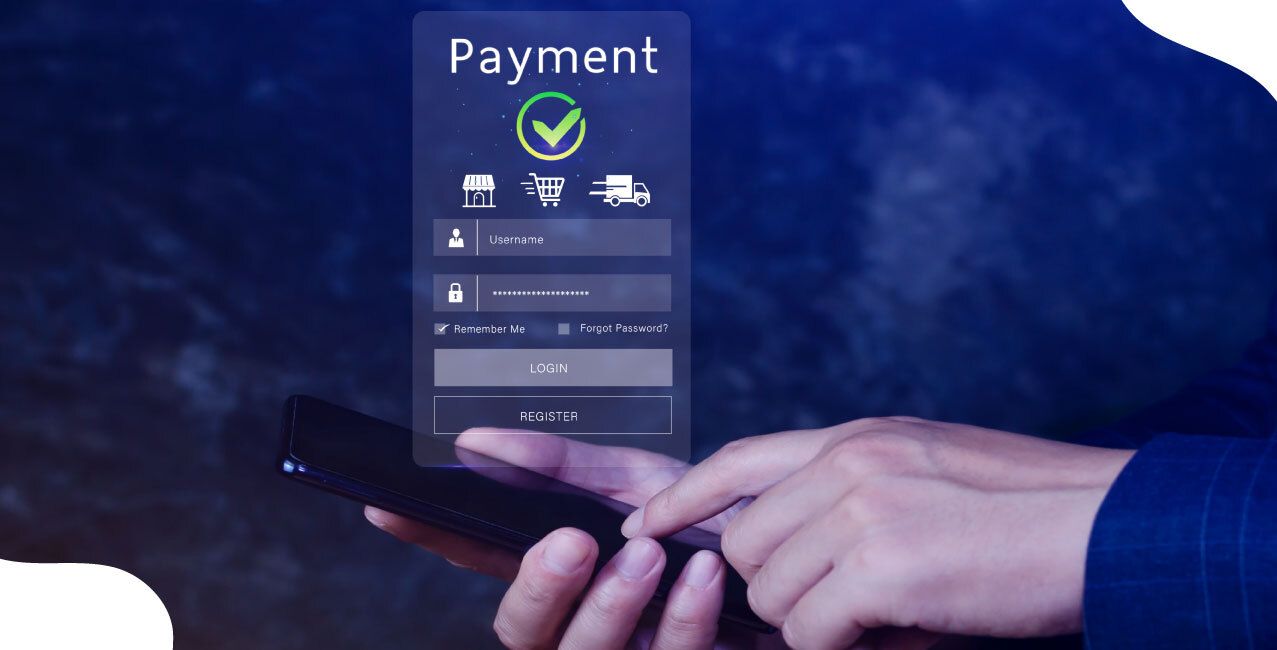
Author
LoansJagat Team
Read Time
5 Min
25 Jul 2025
What Are Assets in Accounting? Types, Examples & Importance
Assets in accounting refer to everything a company owns that holds monetary value. It could support business gains and future operations.
According to Statista, in 2022, the central government held total assets worth nearly ₹55 trillion, showing an increase over the previous year. Also, they have expected this figure to cross ₹70 trillion by 2024.
Such figures show the importance of assets in both public and private financial management.
Why Are Assets Important In Accounting?
They show how financially sound or resilient a business is over time. They help in:
- Calculating net worth
- Obtaining finance
- Planning growth
- Meeting future expenses
Each asset owned by a business adds to its financial base. The following are the features of assets in accounting:
- Understanding net worth: Assets – Liabilities = Equity.
Suppose your business has assets worth ₹50,00,000 and liabilities of ₹20,00,000. Then, equity = ₹50,00,000 - ₹20,00,000 = ₹30,00,000.
- Planning future purchases or expansions
- Securing loans based on asset strength
If your business owns land worth ₹15,00,000, then you can use it to apply for a term loan of ₹10,00,000.
- Managing operating efficiency
Classification Of Assets In Accounting
Assets are grouped in several ways depending on how they are used, valued, or converted into cash.
1. Based on Convertibility
The following are the types of assets according to convertibility:
2. Based on Physical Form
The following are the types of assets as per the form:
Intangible assets are growing rapidly in value. As per WIPO, businesses across sectors are increasingly leveraging intellectual property, brand value, and software as core components of their total asset value.
Read More – How to Achieve Financial Freedom
3. Based on Function in the Business
The following are the types of assets as per the functions:
How Are Assets Recorded In Accounts?
If you look at a balance sheet, then on the left side you can see assets. They are generally recorded at the amount paid, also referred to as the cost value.
There are a few assets that lose value over time and need to be adjusted using depreciation or amortisation (for intangible assets) methods.
Example of depreciation on a vehicle:
You buy a commercial vehicle for your business for ₹6,00,000. Its useful life is estimated to be 6 years.
Depreciation per year using straight line method = ₹6,00,000 ÷ 6 = ₹1,00,000
Each year, the company reduces ₹1,00,000 from the vehicle’s value in the books to reflect usage.
How Are Assets Valued?
You might know that different sorts of assets use different methods for valuation.
You can see from the above-mentioned table that some remain at cost. And others are adjusted based on usage or market changes.
Examples Of Assets In Various Sectors
Recently, Motilal Oswal AMC has crossed ₹1.5 lakh crore in assets under management (AUM). It highlights consistent asset expansion during the company’s past five years.
Also, Bajaj Finance has reported a 25% rise in its AUM in the first quarter of FY26. This indicates improving financial performance.
Real Business Case
Recently, the IRB InvIT plans to acquire three road assets worth ₹8,436 crore. These infrastructure assets will be added to its balance sheet. Also, it will generate future revenue through tolls or leasing.
This is a classic example of long-term, tangible, income-generating assets.
Risks Of Poor Asset Management
If you fail to manage accurate records of assets, then it can lead to:
- Losses
- Audits
- Fraud
Recently, an audit report criticised Kochi Corporation for failing to update its asset register, risking mismanagement of public property. It shows why it is important for businesses to assess, document, and revalue their assets regularly.
Also Read - How to Calculate Net Worth and Why It Matters?
Government And Sovereign Wealth Assets
You might know that assets are not limited only to companies. Nations also build and manage large asset portfolios.
Recently, the Times of India has reported that the UAE now ranks third globally in sovereign wealth assets.
Categorising Assets In Accounts
Let’s look at how assets might look for a mid-sized business:
The above-mentioned table might have given you a practical idea about the significance of assets in accounting.
Some Accounting Terms Related To Assets
You might hear these common terms related to assets in accounting:
- Depreciation
- Amortisation
- Net Book Value
- Impairment
- Fair Value
Final Thoughts
You might have realised by now that assets are the foundation of a business’s financial strength. It helps reflect what a company owns. Also, how those resources contribute to its operations and growth.
Each asset plays a role in supporting long-term stability. If you keep accurate records and regularly review your company’s assets, then it will help you:
- Plan better
- Secure funding
- Avoid financial missteps
As businesses grow, so does the complexity of managing assets in accounting. This makes it essential to stay organised and updated.
FAQs
1. Are software and logos considered assets?
Yes, these are intangible assets.
2. How are assets shown in financial statements?
You can spot it on a balance on the left side.
3. Can loans given to others be assets?
Yes, these are financial assets recorded as receivables.
4. What happens if a business doesn’t update its asset records?
It risks financial errors, audit issues, and possible losses.
About the Author

LoansJagat Team
‘Simplify Finance for Everyone.’ This is the common goal of our team, as we try to explain any topic with relatable examples. From personal to business finance, managing EMIs to becoming debt-free, we do extensive research on each and every parameter, so you don’t have to. Scroll up and have a look at what 15+ years of experience in the BFSI sector looks like.

Quick Apply Loan
Subscribe Now
Related Blog Post


